Which Of The Following Best Describes Supply Chain Management?
Which of the following best describes supply chain management?. A program certifying that a factory laboratory or office has met the quality management standards of the International Organization for Standardization. Which of the following best describes an integrative supply chain process. Collaboration is the act of.
A the principle of improving the supply chain by focusing on the slowest step in the chain B a limitation on the number of suppliers allowed to supply a particular company C complete movement of raw materials throughout a manufacturing or service facility D a cost-reduction. The principle of looking at the supply chain as a whole in order to improve the overall flow through the system b. The redesigning of business processes to improve performance quality and productivity.
3 Complete the following statement with the correct answer. Execution Systems that enable a firm to generate demand forecasts for a product and to develop sourcing and manufacturing plans for that product best describes supply chain. Supply chain management represents an effort to run supply chains in the most efficient way possible.
What best describes the evolution of supply chain management. The primary goal of supply chain management is to create a supply chain that successfully achieves the proper order which entails the right goods at the right place and time with the correct invoicing. Which of the following BEST describes supply chain management.
Which of the following best describes supply chain management. A Supply Chain is best described by which of the following. An important aspect of supply chain management is flow management.
_____ is a supply chain strategy which recognizes that all items are not the same and that different item and market characteristics require different procurement and support strategies as. Removing wholesalers and retailers from the distribution network in an attempt to gain better customer service d. Application of methodologies and techniques to integrate processes of suppliers producers distributors and sellers.
Offering a customer immediate delivery from inventory of a small range of products and to a larger range of products is one strategy used to address. The fusion of critical components of a supply chain.
Which of the following best describes the two parts of the value chain--the supply and demand components.
A group of collaborative companies. Application of methodologies and techniques to integrate processes of suppliers producers distributors and sellers. False Supply chain management is a set of activities and techniques firms employ to efficiently and effectively manage the flow of merchandise from the vendors to the retailers customers. Seeks to reduce the risk of anticipation. Which of the following best describes the two parts of the value chain--the supply and demand components. A the principle of improving the supply chain by focusing on the slowest step in the chain B a limitation on the number of suppliers allowed to supply a particular company C complete movement of raw materials throughout a manufacturing or service facility D a cost-reduction. Which of the following BEST describes supply chain management. Expert Answer The roots of supply chain is in 1911 when research made on how to improve manual loading process. Offering a customer immediate delivery from inventory of a small range of products and to a larger range of products is one strategy used to address.
An important aspect of supply chain management is flow management. The average arrival rate of customer in a service supply chain does not influence the management of the actual waiting time or the perceived waiting time by the service company false break-bulk is the term used to describe when a warehouse receives a single large shipment and then separates that shipment into individual shipments deliveries. Seeks to reduce the risk of anticipation. Match these flows with their. Limiting the number of a companys suppliers c. Supply chain management creates better value for the customer to produce a competitive advantage for the members of the chain. Removing wholesalers and retailers from the distribution network in an attempt to gain better customer service d.

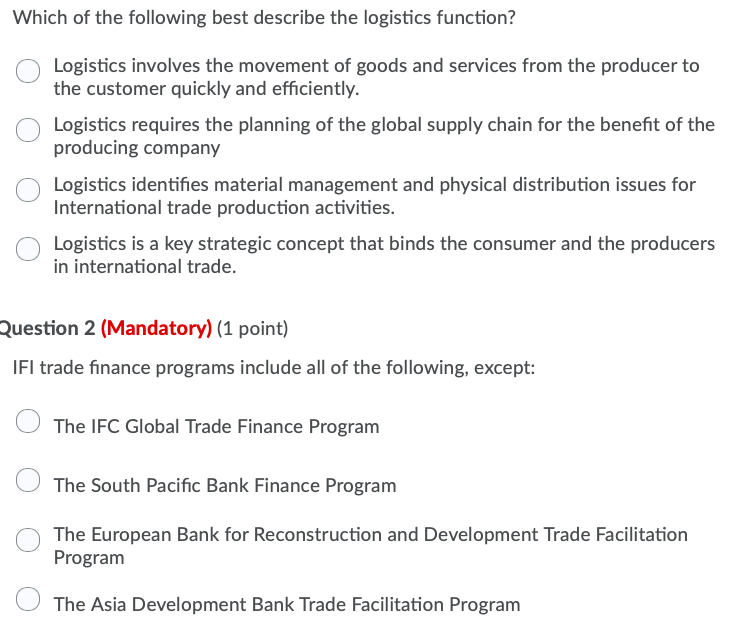




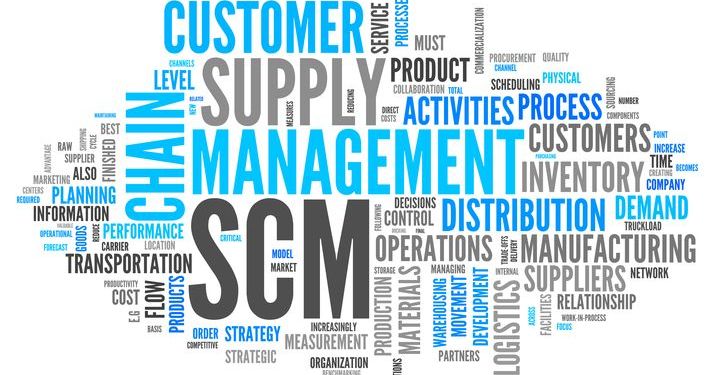

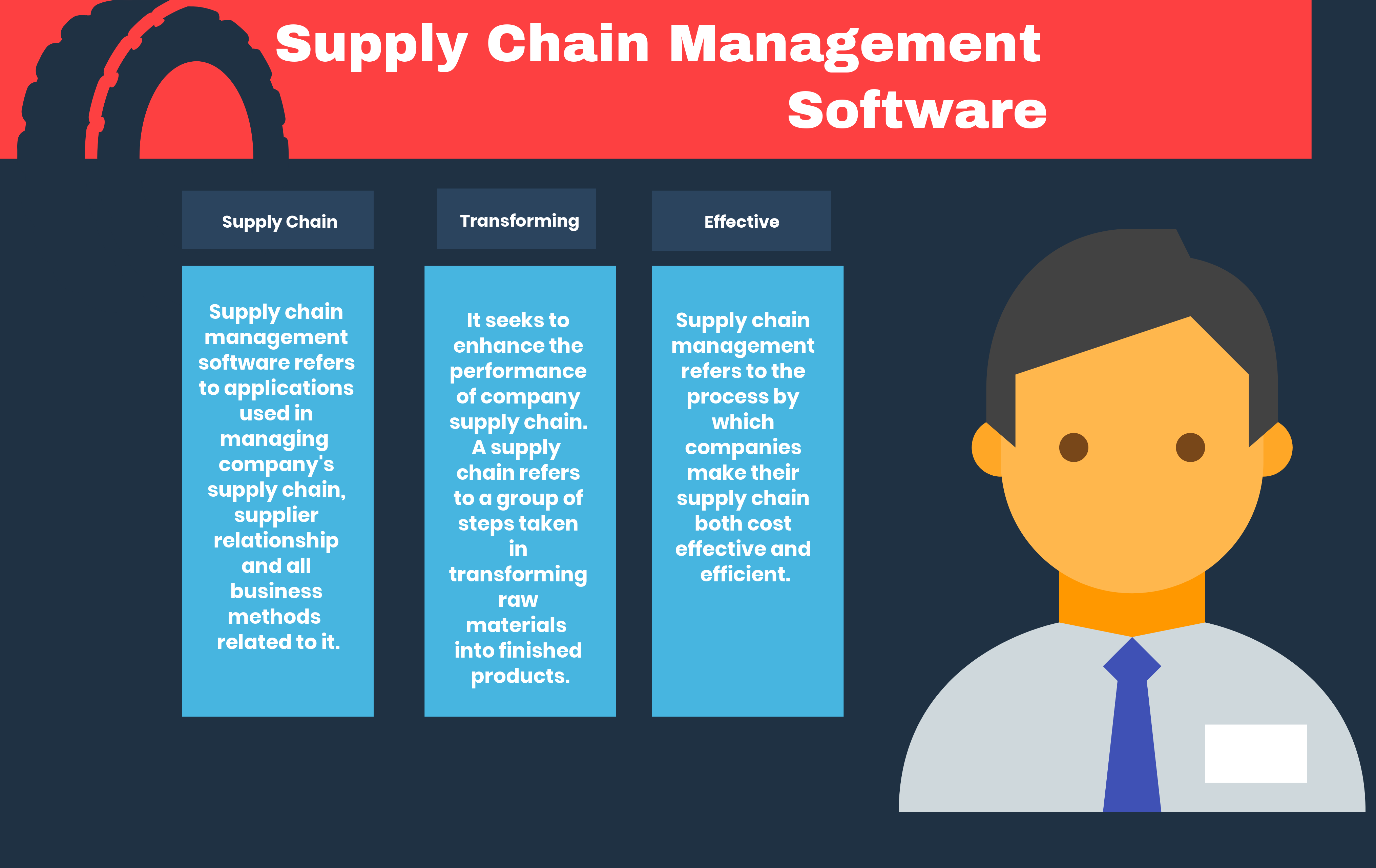
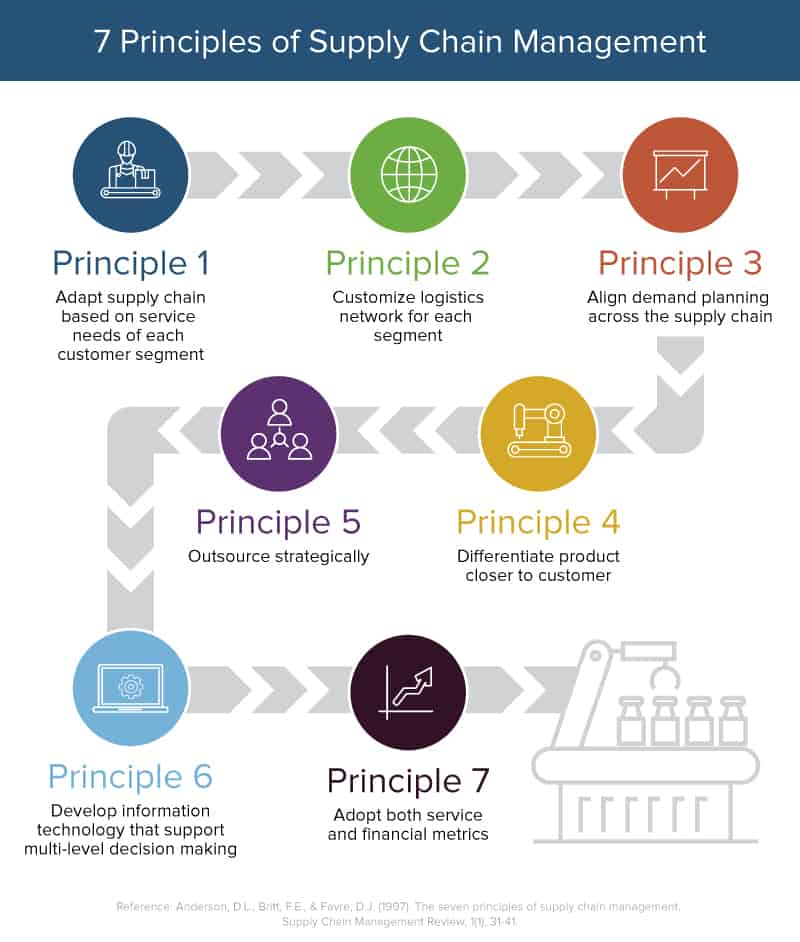
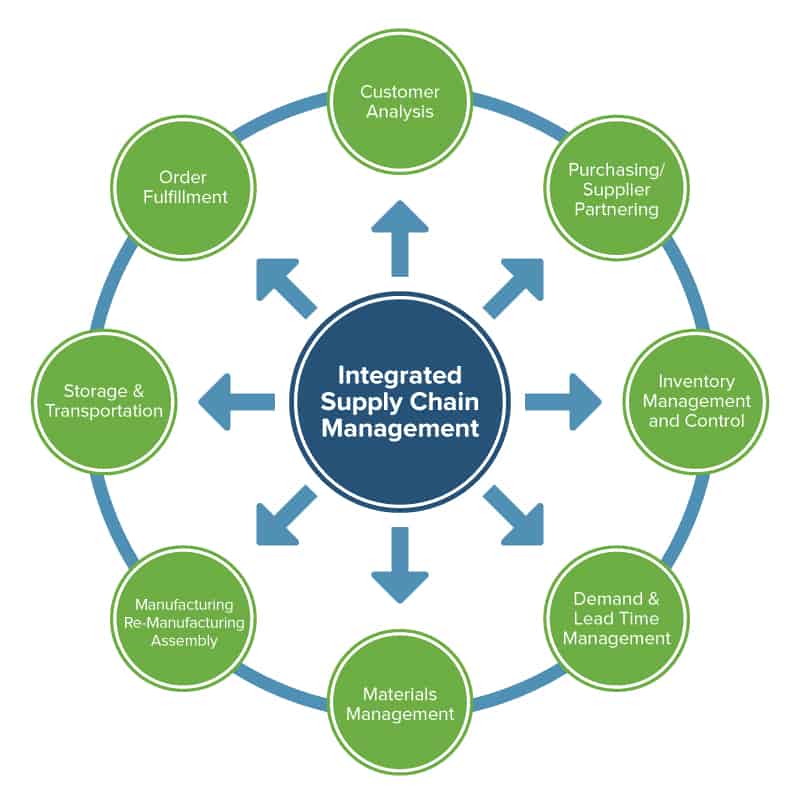

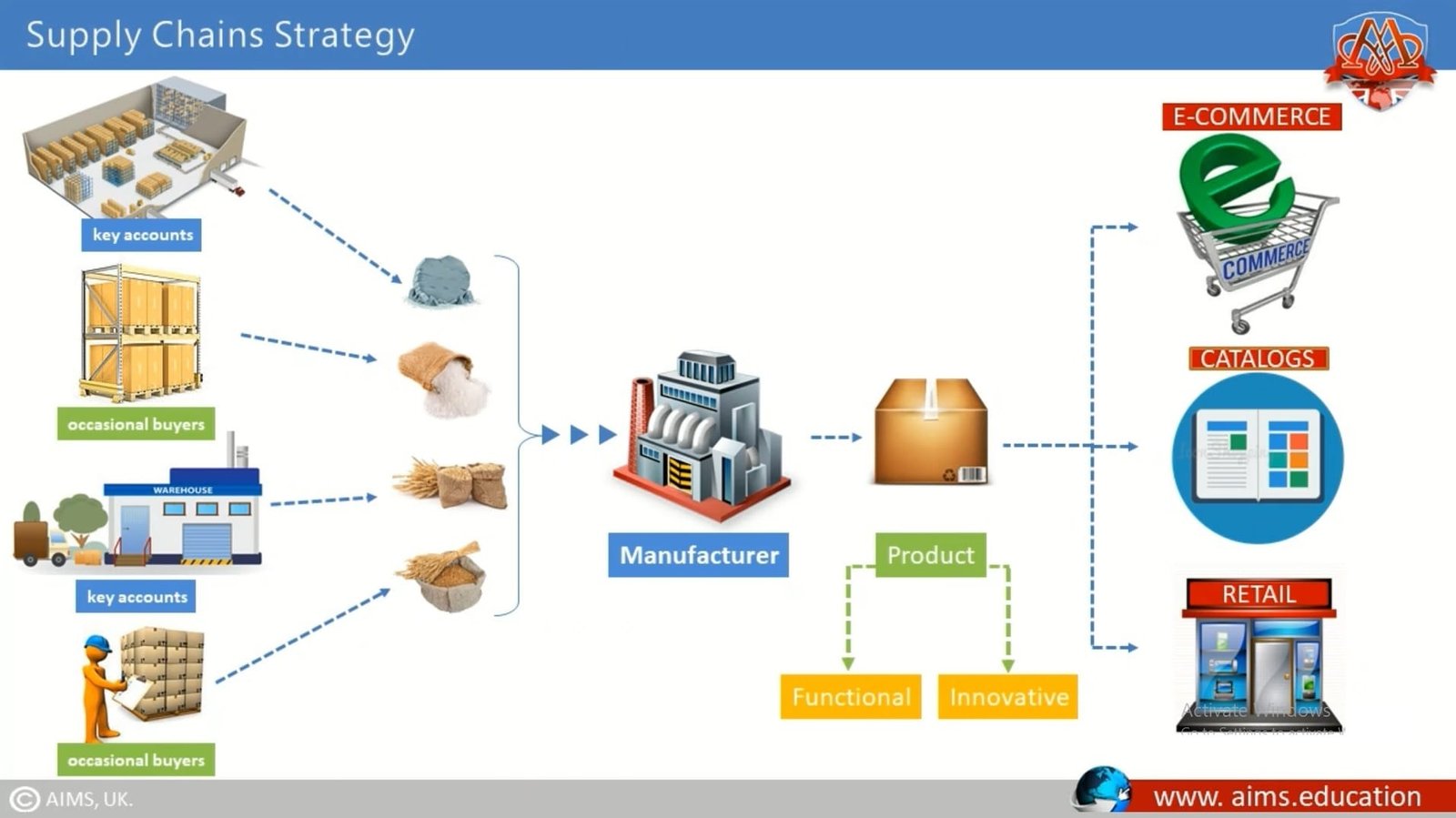




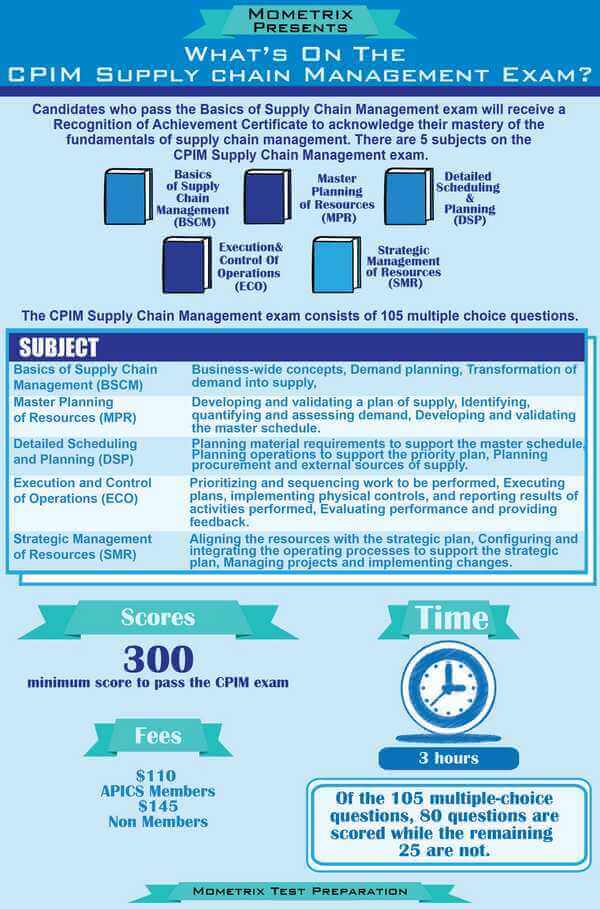
/lean-supply-chain-management-2221274-FINAL-5c07ec6e46e0fb0001ea5952.png)











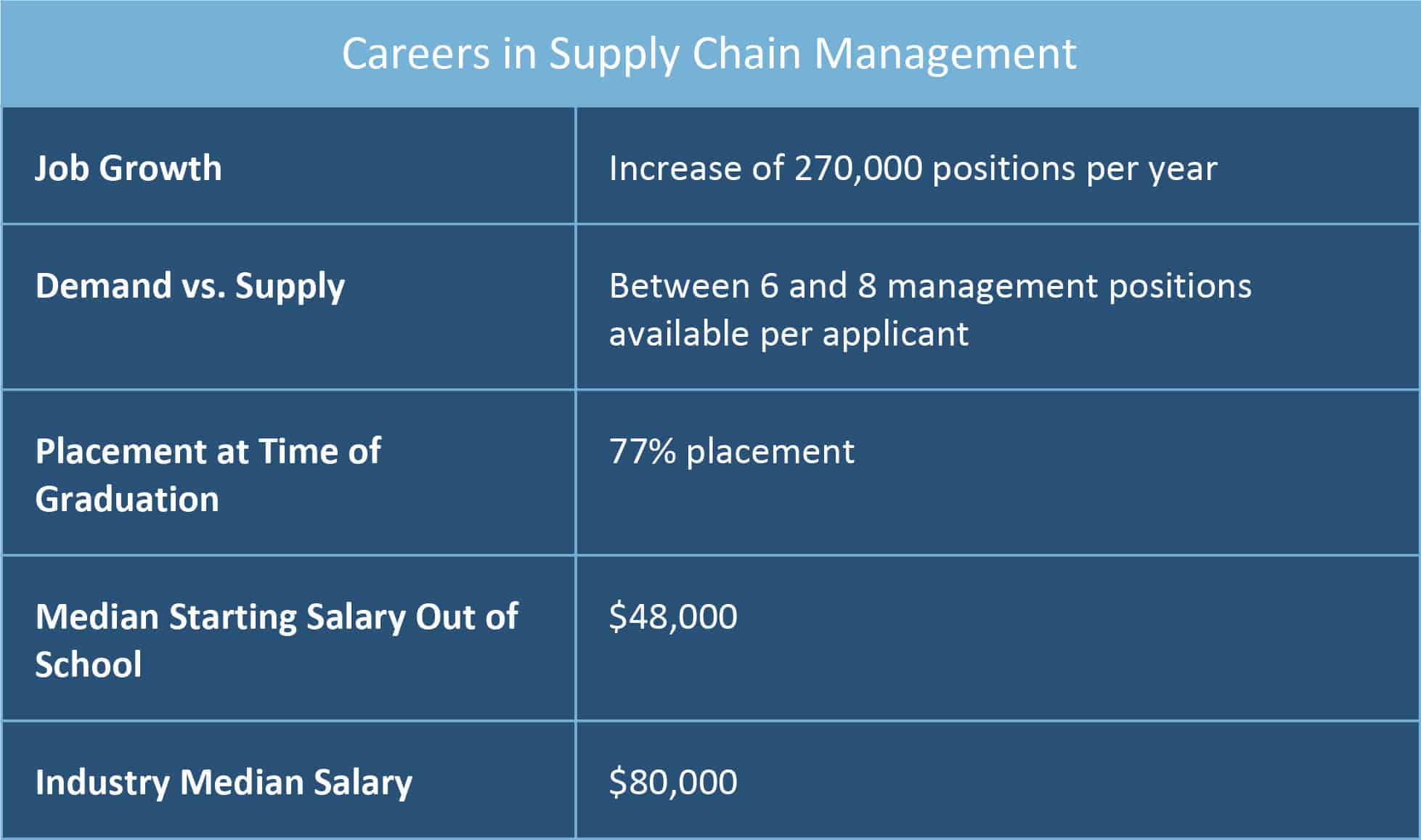








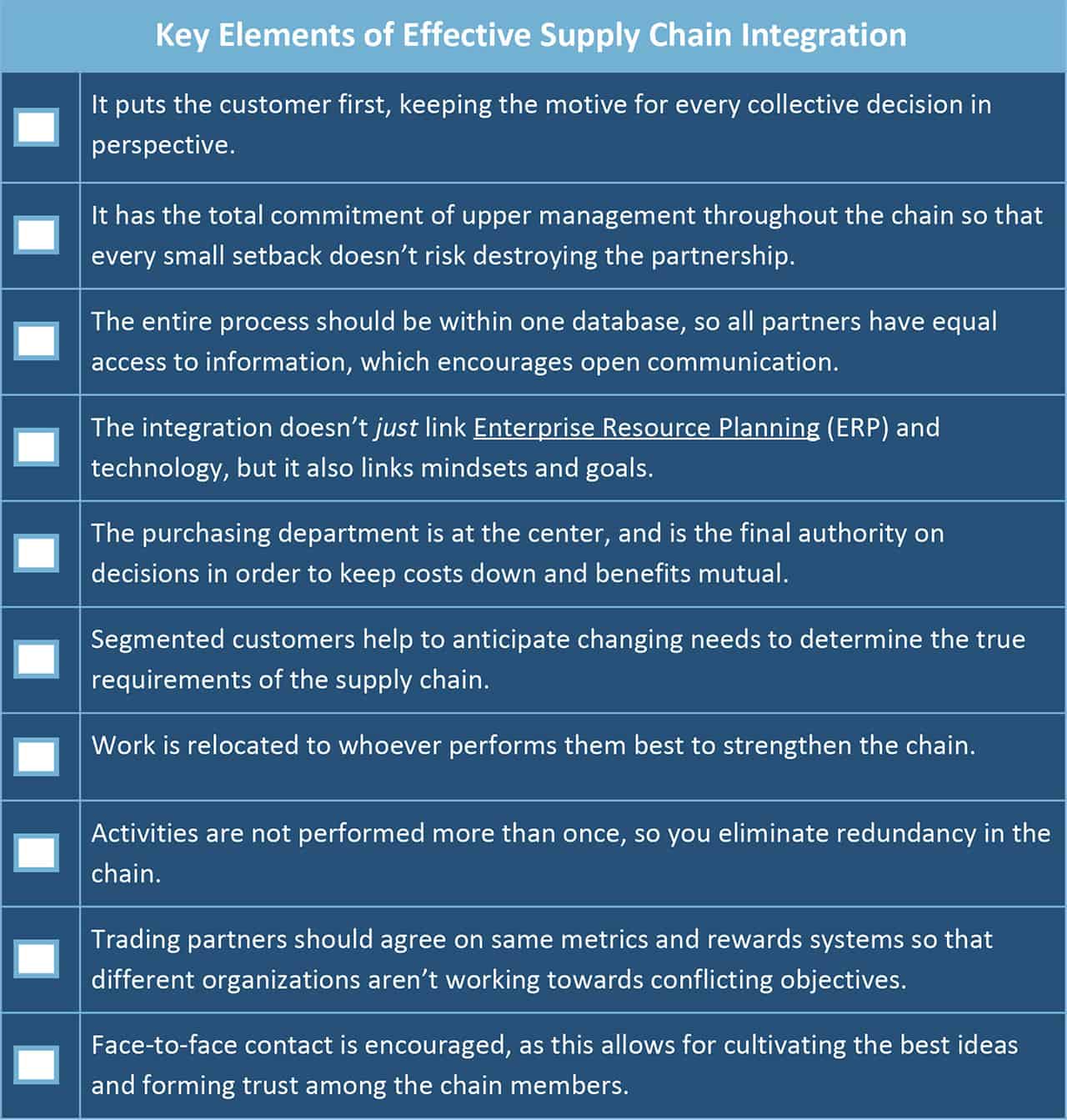

/shutterstock_200227217-5bfc337f46e0fb0083c1ec36.jpg)



Post a Comment for "Which Of The Following Best Describes Supply Chain Management?"